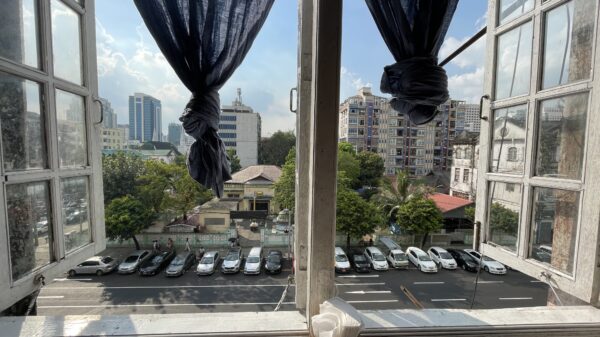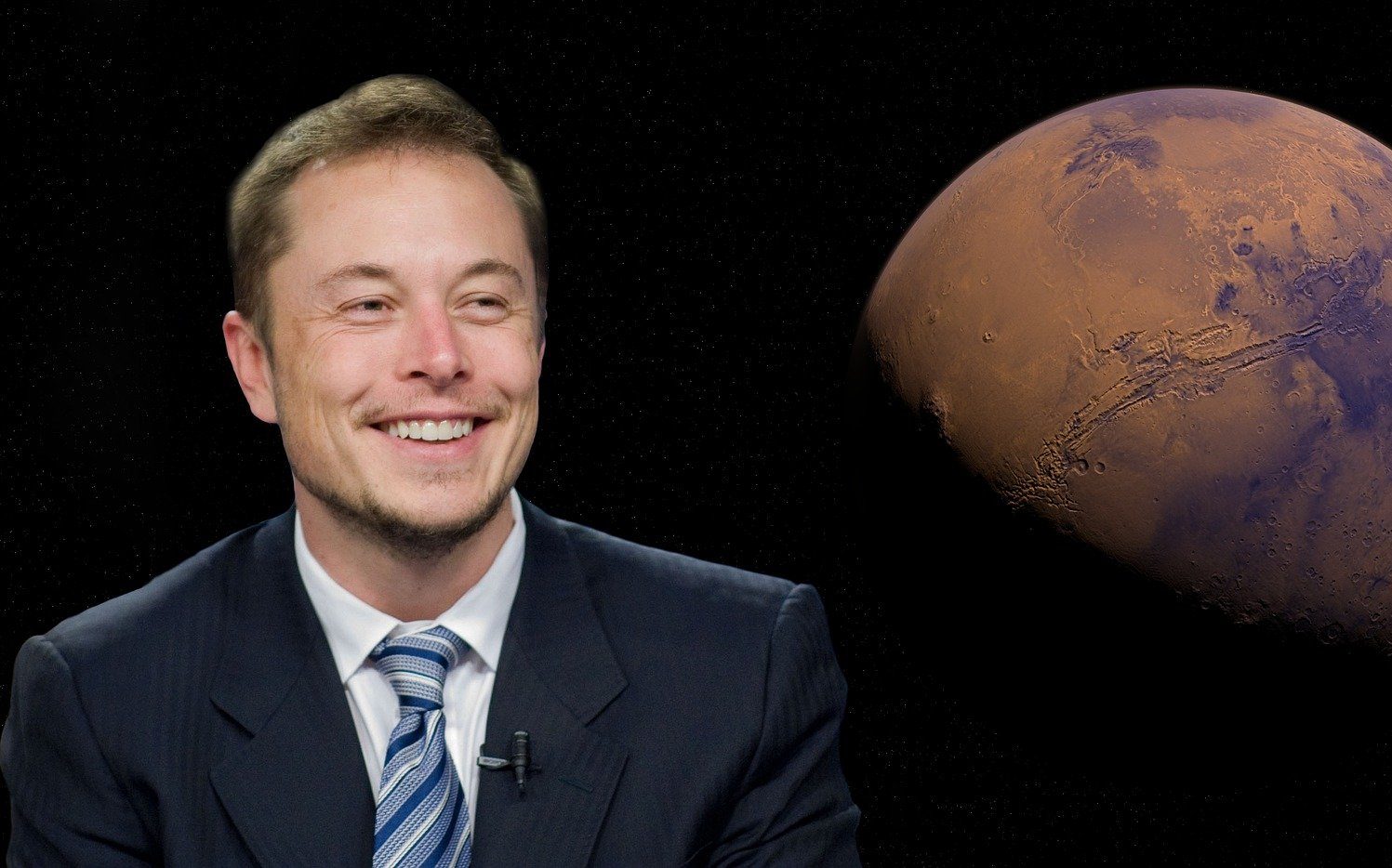Roar writer Scarlett Yu on how a once radical vision for the future of transportation could soon become a reality and what’s being done to make it happen
In 2021, we are entering a new digital era with the advent of 5G and the boundless potential of artificial intelligence. The purpose of technology has always been straightforward: to improve people’s lives in a seamless manner. Looking at the continuous waves of advancement in transport throughout history, whether it is the mass production of automobiles, which led to suburban migration, or the construction of highways to increase connectivity within countries, technology has been intimately intertwined with this development.
However, technological advancement in transportation has also presented problems; congestion and pollution being two of them. While the former is a common, everyday issue for people, the latter is increasingly becoming an alarming geopolitical crisis that world leaders, corporations and activists are desperate to tackle.
Have you ever been thrust into a frustrating situation where you are stuck in the middle of a congested road on your way to your destination? Although the wait is a tiny part of your day, it can be inconvenient especially given people’s increasingly tight schedules. Here is where technology comes in to once again upend the current mode of transportation…
The future of transportation is no doubt tied to one legendary figure in the industry of transport: Elon Musk. As an entrepreneur who has strong faith in the power of technology to attain new heights and make profound changes to the way people live, Musk’s vision for future society are bold but increasingly feasible with the fast pace of technological advancement.
When Musk and his renowned company Tesla Motors introduced a new generation of electric cars, they were immediately mocked by several car giants. In fact, former Daimler chairman, Edzard Reuter even disregarded Musk as a “pretender” because they saw no sense in how an insignificant upstart from California could compete with established brands such as Mercedes, BMW, Audi, and Porsche. However, Tesla has succeeded in stimulating a global craze around electric cars with over hundreds of thousands of buyers making reservations for Tesla’s new Model Three despite the fact that’s still 18 months away from production. Right now, Tesla rises to the top seat of the car industry as one of the best selling vehicle companies worldwide.
Together with numerous car manufacturers and vehicle-related businesses, they have ambitious plans to make all cars electric in Europe by 2030 in an effort to reach climate change goals of attaining a net-zero Carbon emissions economy. Tesla is not along either; US car giant, Ford, has made a groundbreaking pledge to make all of its European cars electric by 2030.
The unstoppable drive towards electric automobiles could result in a number of notable changes. With innovations in lithium-ion battery technologies and “supercharger” networks, electric cars are cheaper, faster, more efficient, and much more sustainable particularly running on green, renewable energy. In addition, self-driving software has been the most anticipated feature of these new smart vehicles. Autonomous vehicles have emerged as the next technological trend following the rise of AI and LiDAR sensors. As autonomous technology advances, we could envisage a future of public transport built upon an impressive combination of high intelligence and data collection.
Musk’s plans to transition the world entirely to electric cars is part of his bold vision to construct a future public transportation system that is completely autonomous. He has said that in the next few decades it would become odd to see someone occupying the driver’s seat because the technology of self-driving has become so advanced that it would be the social norm and a legitimately safer option due to the omnipotent base of AI. The usage of AI and self-driving technology has also extended to other areas of transport businesses. For instance, the technology giant, Uber, has asserted itself as a leader in driverless technology by planning to roll out “Robotaxi” services in major US cities starting as early as 2023.
In an attempt to deliver a seamless experience in how people access public transport, German car and truck giant Daimler developed an integrated transport app called “Moovel“, which gives users efficient transport information. From taxis, buses, metro, to electric cars, the app calculates the fastest and most efficient route to a destination and offers a mixture of these transport methods that fit one’s needs. The most striking feature about this service is its visual presentation, which displays a step-by-step process so people get to use a range of transportation tools.
Emphasising the core purpose of seamless travel, Daniela Gerd torn Markotten, chief executive of “Moovel”, noted the company’s aspirations in transforming the world through new transport technologies. She said “We envision a world without traffic jams. We want to transform cities by providing the best, most convenient, most sustainable solutions. People won’t need to own a car anymore.”
As her bold plan in public transport implies, once people find themselves closely attached to the convenience offered through combined modes of transport, the future of transportation may very much become driverless and operate in shared vehicles. Cars may no longer tower as a sign of social status, but simply a convenient utility in people’s daily lives. Musk wants to take these ideas even further by unlocking transport capacities in subterranean travel and outer space.
After experiencing the extreme congestion in Los Angeles, California in December 2016, Musk was motivated to invent a whole new mode of mass transit, to which he dedicated another transport company called The Boring Company. Ironically, it is far from dull. Musk believes underground tunnels can offer great potential in allowing for layers of space for transport through densely-populated, crowded cities. Musk plans to dig through Earth and build miles-stretching tunnels where countless self-driving vehicles could enter and speed through the underground route with their high-speed electric skates. This mass network of subterranean transport not only knows no bounds with practically unlimited layers of construction space, but it’s also weatherproof. Network tunnels basically separate themselves from existing land transport systems in ways that prove beneficial.
Notably, these tunnels are also built to enable a transport system known as a “hyperloop”. Magnetically propelled as a system of underground shuttle services, “hyperloops” could carry passengers at an impressive speed of 600 miles per hour, which means one could travel from Boston, Massachusetts to Washington D.C. in an hour’s time. If “hyperloops” are successfully built as Musk plans for in the coming decades, it could drastically alter the way people access transportation and consequently shift long-distance travel patterns. What Musk envisions in future transport is a world that mobilises upon “point-to-point transportation”, a world where people don’t have to constantly tolerate annoying traffic jams and where the distance between people is greatly reduced.
With the primary modes of transport for future land and subterranean travel planned out, Musk doesn’t stop there: he is also expanding his scope to space travel. Musk has said that humans should become multi-planetary species in order to discover more options of life if Earth becomes uninhabitable. though sounding radical, his ambitions to construct a life on Mars have become suddenly more realistic following the groundbreaking development of reusable rockets from SpaceXÂ recently. If space travel were to become the future of transportation, SpaceX would be at the centre of it.
The potential of future transportation is boundless and unpredictable, and as long as humans keep developing novel technologies and opening themselves to endless possibilities of new transport, the day we get to witness ourselves as a spacefaring civilisation may come sooner than we thought. As Musk said, “It’s about believing in the future and thinking that the future would be better than the past. And I can’t think of anything more exciting than going out there and being among the stars.”

















